The Tudor Progress: The Royal Court on the Move
The summer, Tudor progress was a near annual event in the royal, Tudor calendar. If a Tudor king or queen wanted to show themselves to the people and connect with their subjects throughout the kingdom, they needed to travel, and travel they did, moving regularly, whether for political reasons, to hunt, for pleasure or necessity. As I head off on my own Tudor progress shortly to the north of England and Scotland, it seemed fitting to talk about this annual event in a little more detail. So, let’s find out all about the Tudor progress!
Only on account of warfare, or other tumultuous events besetting the kingdom was the usual routine disrupted. Even in that fateful year of 1536, when Henry sent the first queen of England to her execution and promptly marrying another in her place, an abbreviated progress was arranged to the southeast coast.
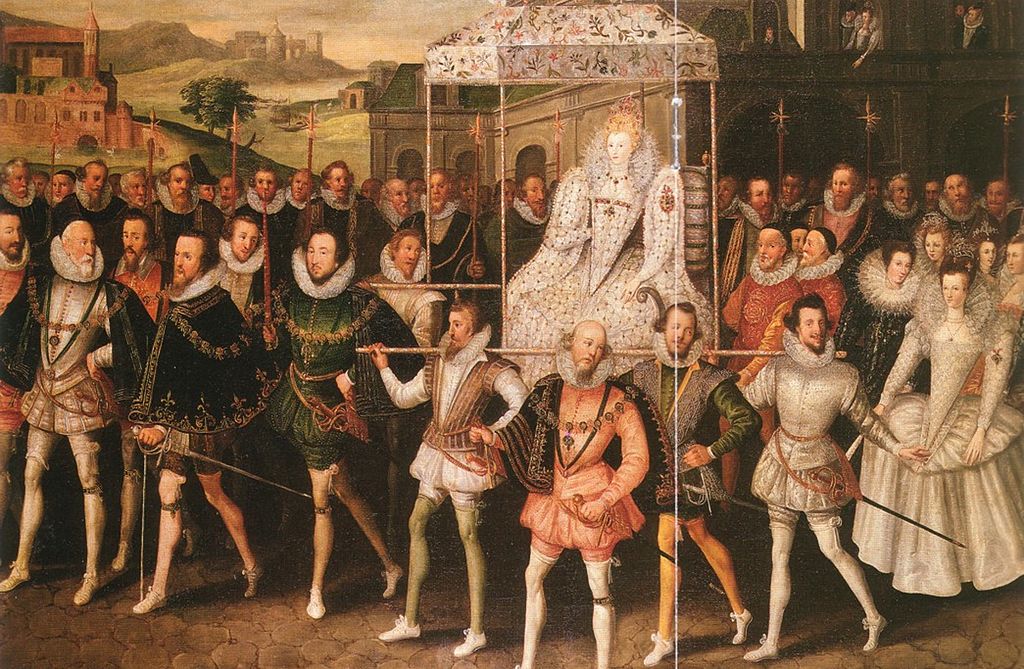
Each year, in around June, the king’s travel itinerary would be published, along with the names of those who would be accompanying the king over the summer months or ‘grass season’, which was generally between August and October. This was when the hay was cut and the hunting optimal.
This eagerly-awaited list was called the ‘giest’ defined the Tudor progress. It detailed exactly where the king intended to stay and for how long. It also recorded how many miles s/he would travel between stops. The distance travelled per day varied. During the 1535 summer progress, the court travelled between six and fourteen miles in a day, whereas the average for the 1528 progress was nine miles. The court usually travelled by horse, although, on occasions, they combined this with travel by river.
Despite owning a number of grand houses, the king enjoyed staying with courtiers and noblemen while on progress and, like his father Henry VII, also regularly stayed at monastic houses. In 1510 the court stayed at ten monasteries during the summer. In July 1535, Henry VIII and Anne Boleyn stayed at Reading Abbey, a favourite of the king’s, Abingdon Abbey and Tewkesbury Abbey, while Winchcombe Abbey accommodated the majority of the court while Henry, Anne and their immediate retinue were lodged at nearby Sudeley Castle.

The length of stay at any one property during a Tudor progress depended on many factors, including the size, convenience and splendour of the residence, as well as its proximity to a good hunting ground. Each stay varied in length from a fleeting overnighter to fifteen days. A lack of space meant that Henry usually only stayed for a few days with courtiers and noblemen, reserving the longer visits for the larger ecclesiastical palaces, religious houses or royal properties.
In the 1520s, there were only six royal residences that could comfortably accommodate the full court, which numbered, during the wintertime, approximately 1,500 people—these were Greenwich, Woodstock, the Palace of Beaulieu, Richmond Palace, Hampton Court (not officially Henry’s until around 1529) and Eltham. The court appears to have halved in size during the summer progresses, numbering around 750, although this varied greatly depending on whether the king’s wife and children, along with their households, accompanied the progress or not.
Hosting the king and his court was a great honour and was certainly a sign of royal favour but it was also a huge expense. Not only did you have to accommodate your own household, but you also had to house and entertain the king and queen and their entourage. Often, large sums were spent preparing for the royal visit, as the royal apartments had to be in good reparation and luxuriously furnished. Nicholas Poyntz went one step further, he didn’t just refurbish pre-existing apartments, he built an entire new wing in anticipation of Henry VIII and Anne Boleyn’s visit in August 1535, he also commissioned sets of Italian and Spanish ceramic plates and fine Venetian glass vessels with which to impress his sovereigns and all for a visit which, at most, lasted just two days!
There was also the matter of a grand reception to consider… Regardless of whether the host was an abbot, nobleman, courtier or city corporation, the king and his royal guests were always received with great pomp and ceremony. It was one of the hallmarks of any great entry into a city or town, including those which took place during the annual Tudor progress.
The mayor and other local dignitaries would receive the royal party outside of town, where they would merge and ride in procession to the cathedral or principal church. The reception might also include pageants, although this was usually reserved for entries of particular importance, like when Charles V entered London in 1522. The royal party would then make an offering at the church before being escorted to their accommodation, where gifts were exchanged.
The giests detailed where the king intended on staying during his summer progress. However, there were many factors that could alter the original itinerary, including weather, food shortages and the outbreak of disease. In 1535, Henry and Anne intended on travelling through the West Country to Bristol, before returning to Windsor, however, an outbreak of the plague in the city forced them to abandon their plans. Instead, they remained at Thornbury Castle, where a delegation of townsmen from Bristol came to pay their respects and present them with gifts. They also diverted from the original itinerary in Hampshire, avoiding Alton and Farnham for the same reason.
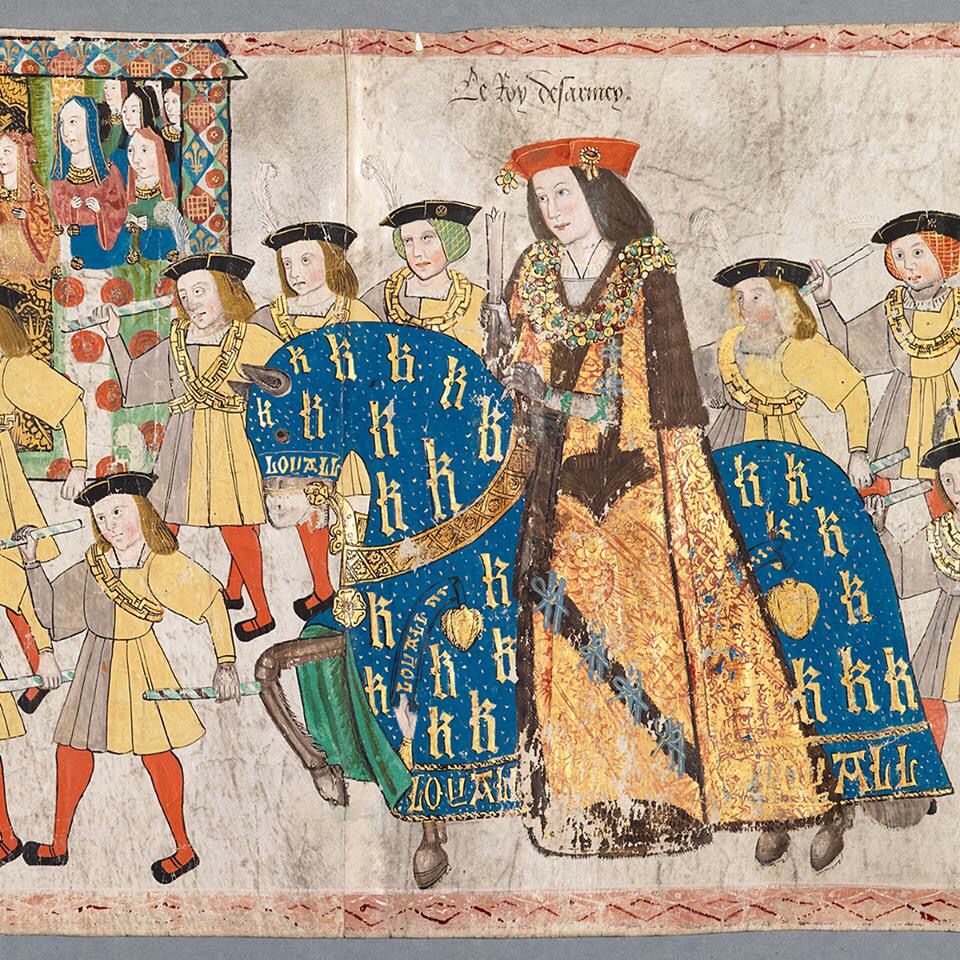
Disease was not the only influence on the court’s itinerary; the king’s will also played a major part. In 1535, the royal couple were so delighted with the hunting and hawking in Hampshire that they delayed their return by almost a month and new giests were prepared.
Moving the court from place to place as part of a Tudor progress was a huge undertaking. Royal officers left ahead of the royal entourage and ensured that there was accommodation and provisions for the entire party. The Clerk of the Market rode out before the king ‘to warn the peple to bake, to brewe, and to make redy othyr vytayle and stuff in to theire logginges.’ The royal officers, also pre-arranged accommodation for members of the court at local inns and private houses in the area.
Although many of the larger houses had basic furniture and a skeleton staff, the king and queen’s personal belongings, including plate, bed, tapestries and clothes travelled with them. The officers of the Wardrobe were primarily in charge of packing and of transporting the goods by cart, mule or boat (a process known as ‘removing’) and the Grooms of the Chamber, or Privy Chamber, were responsible for setting up and furnishing the royal lodgings at each new destination.
However laborious the process of moving the court was, from the beginning of his reign, Henry VIII understood the importance of getting out amongst his people and of allowing his subjects to see him in the flesh. And what an impressive sight it must have been – the king and queen on horseback, resplendent in their riding clothes, followed by their vast and eye-catching retinue.
What I’d give to catch a glimpse of them now!
Note: This piece was first published as part of the book tour associated with the launch of In the Footsteps of Anne Boleyn. It was originally written by Natalie Grueninger, my co-author, and has been adapted here by me, for this blog.

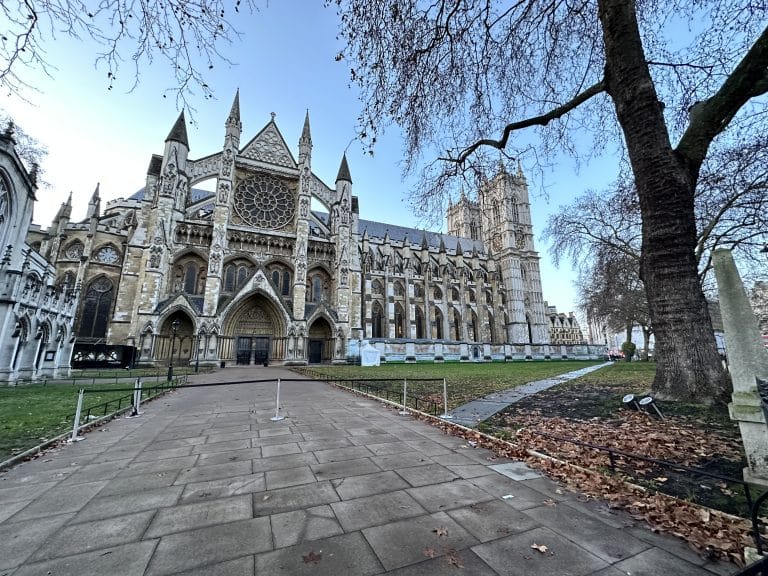
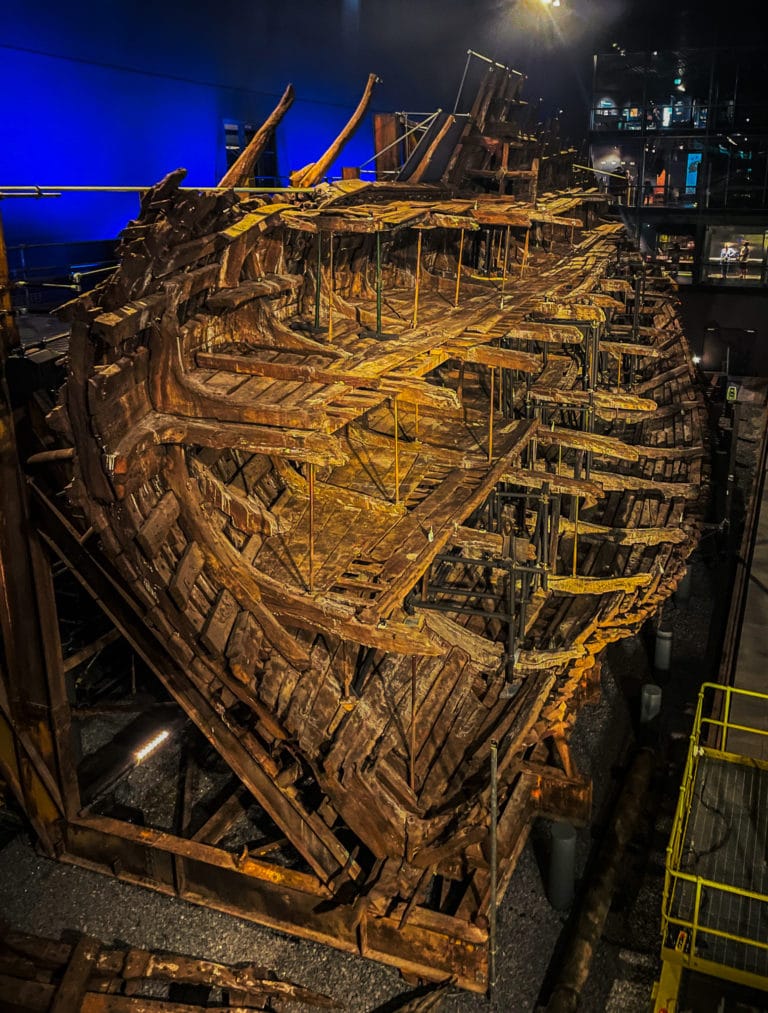
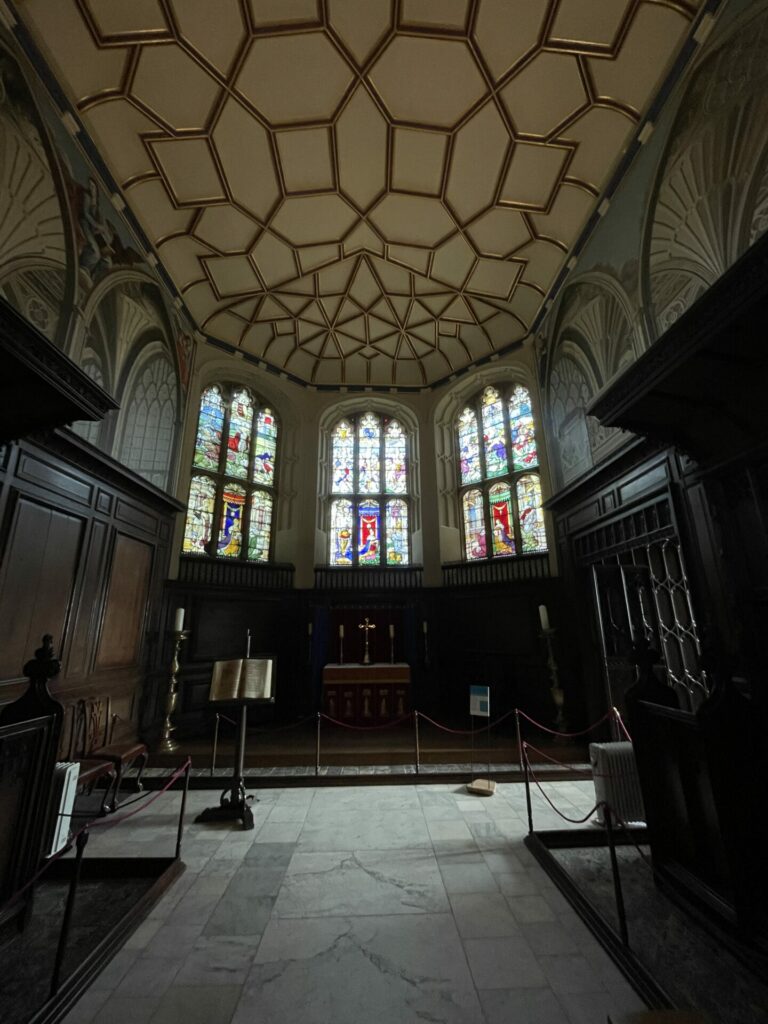
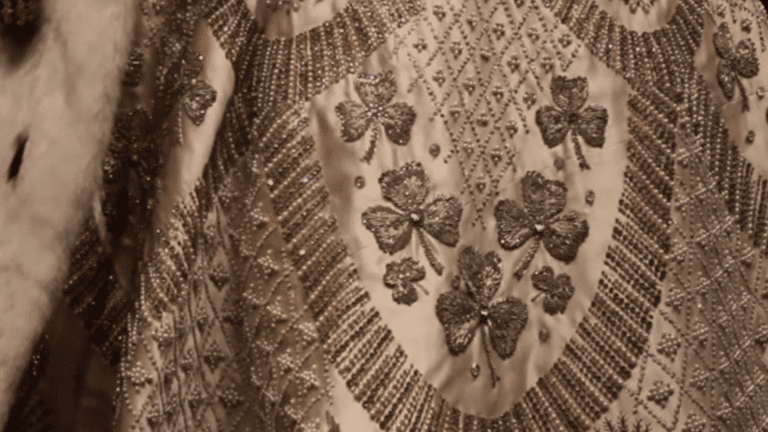
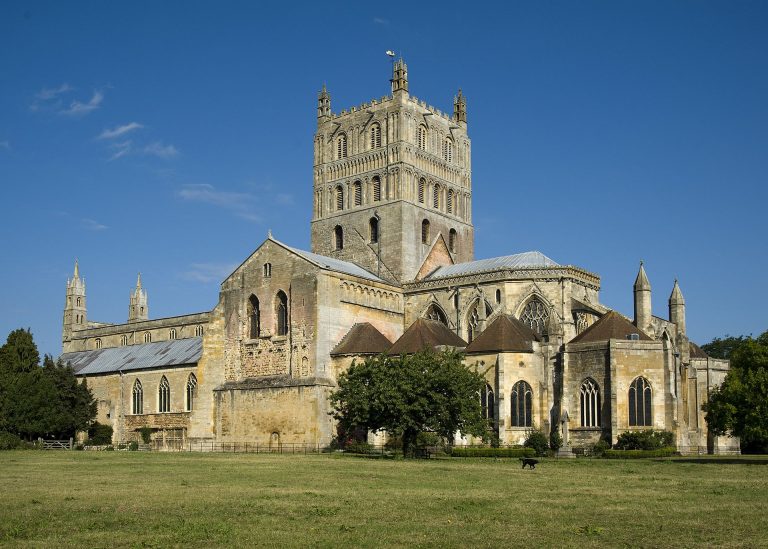
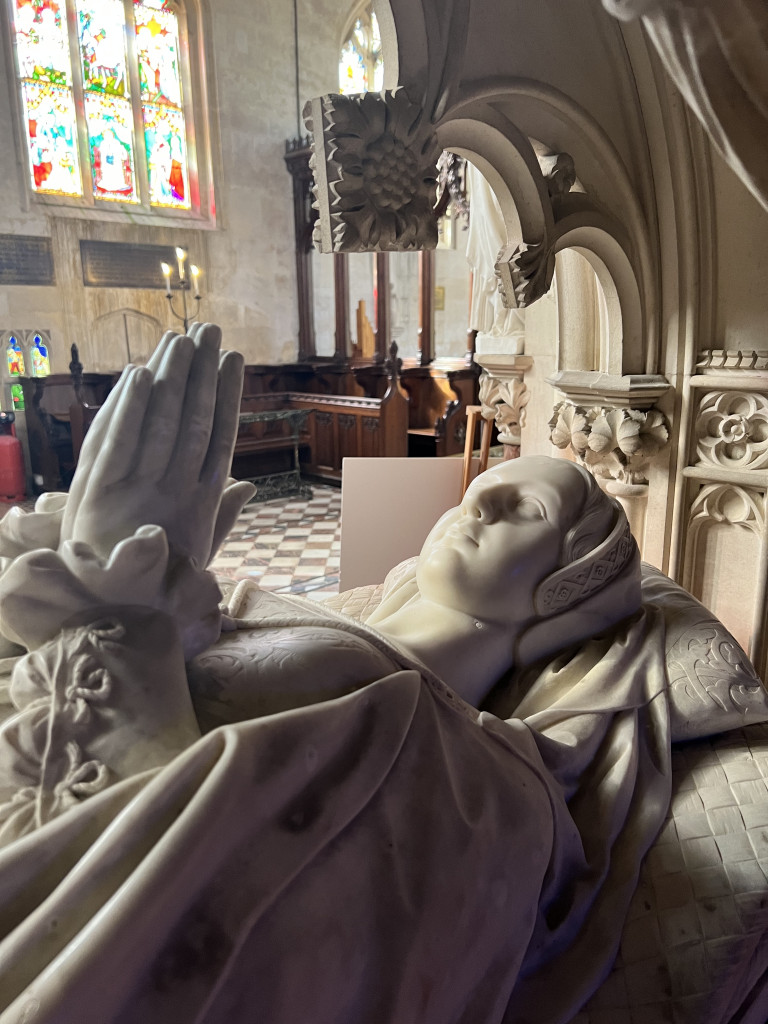
5 Comments